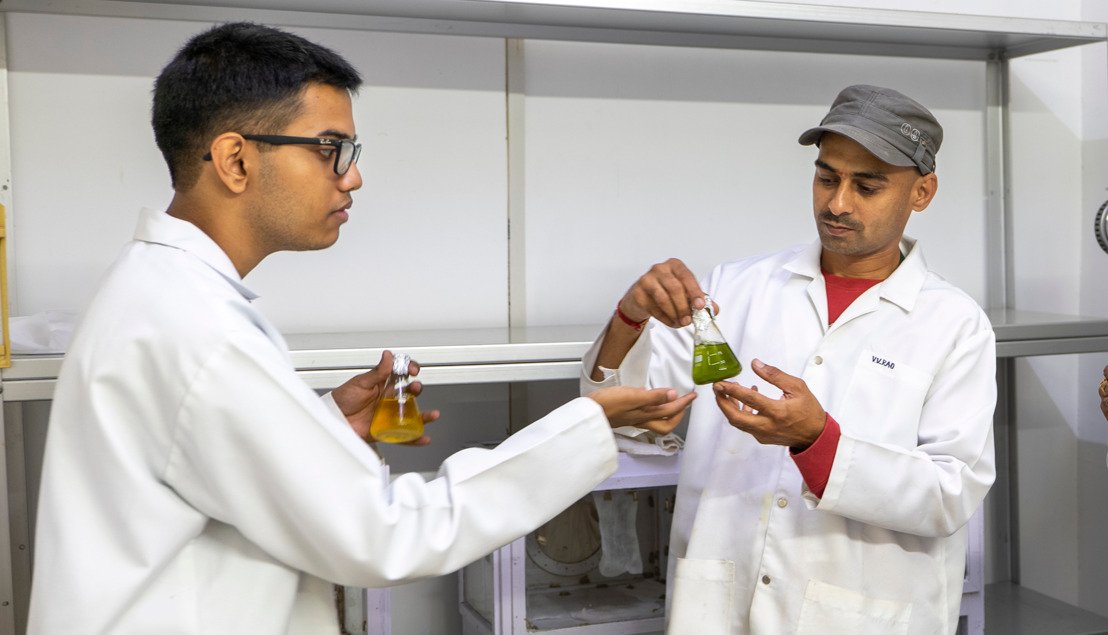Switching from Rice to alternative cereals can boost farmer incomes in India: Study
ISB Prof. Co-author Study reveals optimised allocation of the area under rice, switching to alternative cereals, could reduce climate-induced production losses by 11 per cent.
A new study reveals that shifting from rice cultivation to alternative cereals like millet, maize, and sorghum could significantly reduce climate-induced production losses and simultaneously increase farmer incomes in India.
The open access study, published in the journal Nature Communications highlights that farmers’ decisions regarding which crops to plant are heavily influenced by price fluctuations. The study suggests that economic incentives can play a crucial role in encouraging a shift from rice towards more climate-resilient crops.
The joint study has been authored by Dongyang Wei, Department of Geography and Spatial Sciences, University of Delaware, USA; Leslie Guadalupe Castro, Department of Ecology, Evolution, and Environmental Biology, Columbia University, New York, USA; Ashwini Chhatre, Associate Professor and Executive Director, Bharti Institute of Public Policy, Indian School of Business, Hyderabad, India; Marta Tuninetti, Department of Environment, Land and Infrastructure Engineering, Politecnico di Torino, Italy; and Kyle Frankel Davis, Department of Geography and Spatial Sciences, University of Delaware, Newark, USA.
Advocating the switch from rice to alternative cereals, the study pinpoints that Indian farmers have always preferred rice for its economic viability. However, rice production is disproportionately affected by climate change. On the other hand, cereals such as millets, maize, and sorghum are climate-resistant and stand to be economically viable too, in the long run.
The study emphasises the optimised allocation of the area under rice, favouring alternative cereals, could reduce climate-induced production losses by 11 per cent. Further, the study points out that shifting to alternative cereals can increase farmers’ net profits.
Touching upon the price sensitivity aspect, the study reveals that farmers’ planting decisions for alternative cereals are highly sensitive to price changes, thus, offering a lever for policy intervention.
The lead author, Dongyang Wei, Department of Geography and Spatial Sciences, University of Delaware, USA, states, “Our research demonstrates that by strategically reducing rice cultivation and increasing the cultivation of alternative cereals, India can achieve greater stability in cereal production and improve farmer profitability. This can be achieved without compromising the overall calorie production”.
Ashwini Chhatre, Associate Professor and Executive Director, Bharti Institute of Public Policy, Indian School of Business, says, “This research highlights the need for policymakers to consider the economic factors influencing farmers’ decisions and to implement policies that promote the cultivation of climate-resilient crops”.
The study also emphasises the importance of addressing current pricing structures, which often favour rice cultivation due to government support policies. The researchers suggest that well-crafted crop pricing schemes and incentives for climate-resilient crops could be effective tools for promoting a more sustainable agricultural system.
The findings of the study offer valuable insights for policymakers given India’s heavy reliance on rice as well as the need to enhance the resilience of India’s food system in the face of increasing climate variability.
ISB Prof. Co-author Study reveals optimised allocation











